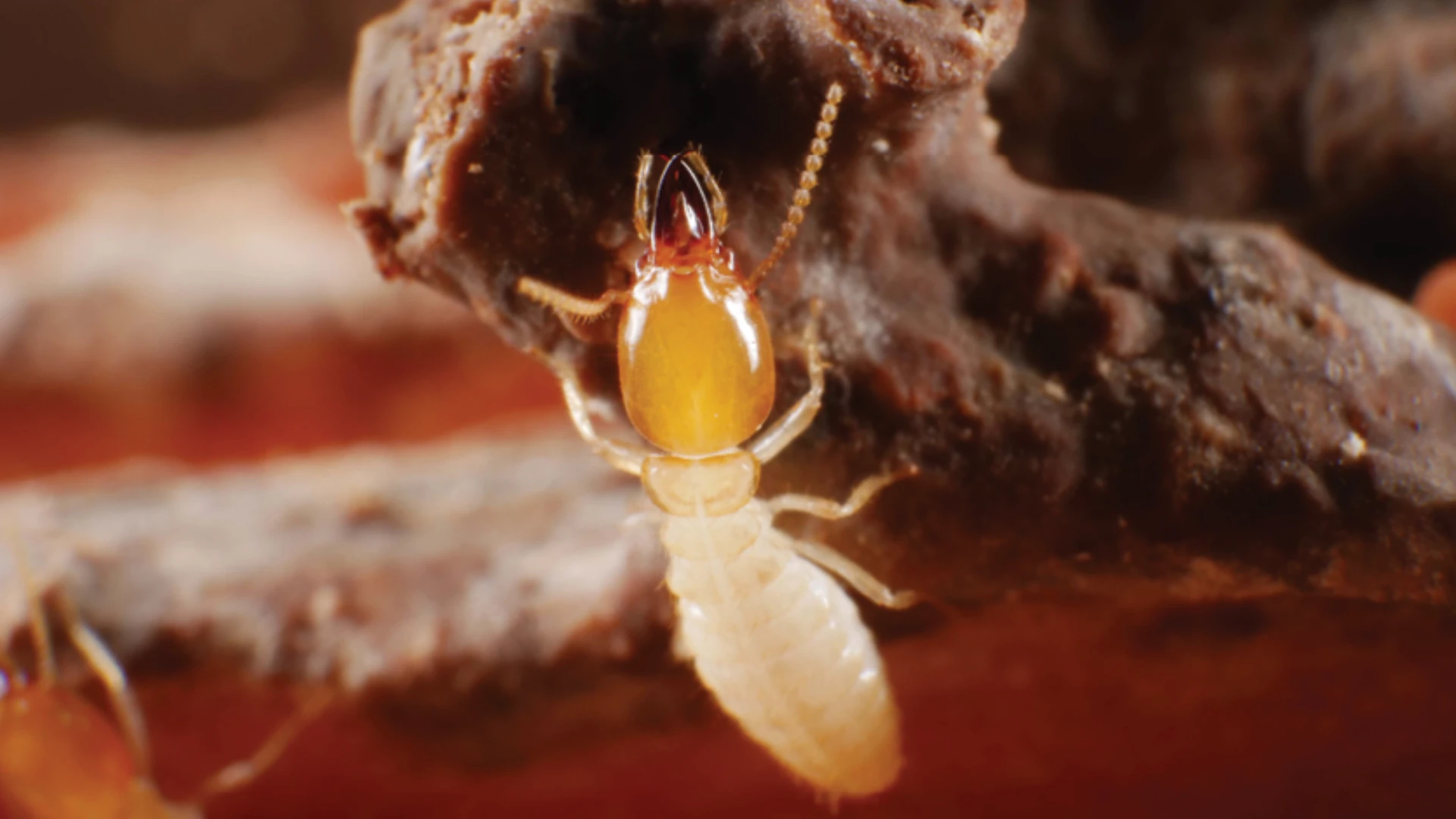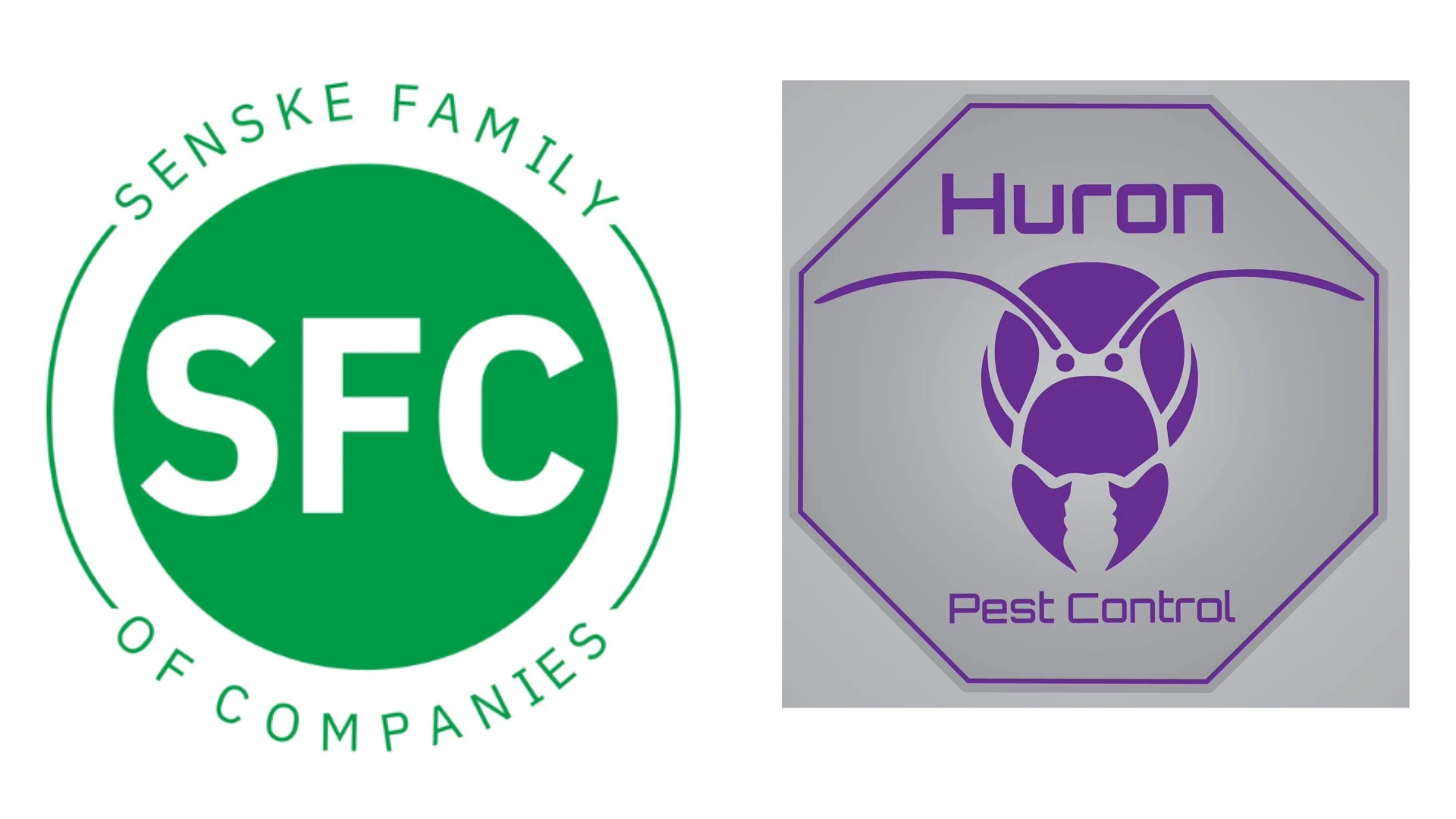Pest management professionals who service commercial facilities are well aware of the dangers that insect and rodent pests can pose for food-processing facilities. But how often do you think about birds as a pest? Birds can harbor dozens of bacteria, disease-causing germs and parasites — dangers that quickly can spread to humans via droppings, feathers or handling birds themselves.
In the case of the now defunct Peanut Corporation of America (PCA), the Texas Department of State Health Services shuttered the facility’s Plainview plant after it found dead rodents, rodent excrement and bird feathers in a crawlspace above the production area. Think about that for a second — we’ve all seen what birds sitting on a statue leave behind. Now think about what may have been falling onto production lines from above. Additionally, employees told The New York Times that the bird feces covered the roof and that the roof had serious leaks, leading to a contamination threat from water coming in from the roof:
“The roof leaked so badly that when it rained, workers were instructed to raise tarps to the ceiling to direct the water away from peanuts and plant equipment…Rain at night went unattended.” — The New York Times, “After Tests, Peanut Plant in Texas is Closed,” Feb. 10, 2009
While the PCA incident was an extreme situation, birds are not an unrealistic risk faced by processors. Processing facilities and food distribution warehouses can be sprawling, massive complexes that appeal to birds for a variety of reasons. They offer plenty of food sources, provide shelter and offer plenty of high vantage points, such as ledges and beams. These facilities are full of large receiving docks, doors and entry points that make it easy for birds to gain access to structures.
As a pest management provider, how can you make sure your clients are protected from potential bird risks? Where do you begin? Utilize what I like to call the “4Es” to move through developing a plan to protect your clients from bird contamination: exterior, entry, evacuate and educate.
Exterior Areas
Keeping birds out of any facility begins on the exterior. In fact, most of your bird protection work should be focused on working with the client on the exterior to make the area less attractive to birds.
- Landscaping
- Keep trees well pruned, with an open form canopy. This means that branches should be well spaced and trimmed so as not to offer hiding places for birds.
- Prune trees and shrubbery to eliminate understory — in other words, make sure that there is no vegetation or “filler” between the lower branches and the ground.
- Landscaping should be at least 1.5 feet (.5 meters) away from the building. This includes tree branches, shrubbery and other ground vegetation.
- Storage
- Do not store pallets or other items near doors. In fact, store them as far away as possible from the building.
- Keep garbage receptacles and Dumpsters as far away from structures as possible.
- Clean garbage/trash areas frequently to keep birds from being attracted to food and nesting materials.
- Inspection & Exclusion
- Regularly inspect the exterior of the building for signs of nesting, feeding and loafing. At a minimum, these inspections should take place quarterly.
- Inspect for and remove standing water.
- Remove any house sparrow, pigeon or starling nests. Other bird species are protected by federal and/or state law in many jurisdictions and may require a permit.
- Exclude areas where birds may be nesting or loafing. This includes overhangs and structural areas where birds gather. Remember that birds such as house sparrows will nest inside smaller areas such as gaps in exterior walls. If you aren’t well versed on exclusion, consider bringing in a partner company that is. Not all exclusion methods are appropriate or effective for all areas.
- Clean any areas that may be feeding sources for birds.
Entry Ways
Employees often prop exterior doors open to save time and energy. But of course open doors often allow birds (and other pests!) access to the building as well.
- Keep doors, including those at loading docks, closed whenever possible.
- For doors that must remain open, use heavy-gauge plastic strip curtains to form a barrier. To be effective, curtains must touch the ground and strips must overlap.
Evacuate Birds
 No matter how effective a bird management program, birds may sometimes gain access to a building. It is important to remove any birds that get in as soon as possible to prevent contamination. In some facilities, intrusion by a bird could call for production shut down.
No matter how effective a bird management program, birds may sometimes gain access to a building. It is important to remove any birds that get in as soon as possible to prevent contamination. In some facilities, intrusion by a bird could call for production shut down.
- Turn off all the lights in the affected building and open a large exterior door that lets natural light in. Many bird species will be drawn to the natural light. Remember when using this method to station someone at the door to prevent other birds from entering and to verify that the bird(s) have exited the building.
- Other courses of action may include mist netting, sparrow calls or traps. However, these tactics should only be undertaken by professionals trained in bird management.
- If you cannot remove the bird within a few hours, call a professional bird expert. Birds are the easiest to remove from a new environment within the first 72 hours. After that time, they have likely found food, water and shelter and will not voluntarily exit a building.
- When it comes to bird management, knowing the law is important. Many species are protected by federal or state laws (even robins!). Removing or handling certain species may require permits. Your local U.S. Department of Agriculture APHIS office can provide you with guidance or help you determine the best course of action, especially for protected species.
- Not ready to remove a bird on your own? For help removing birds, even protected species, contact your local U.S. Geological Survey (USGS) office, which can put you in touch with bird banders to assist with removal. To find your state USGS office, visit: www.usgs.gov/contact_us/default.asp or call 888/ASK-USGS (888/275-8747).
Educate Employees
Employees are your first line of defense at such facilities. They also have insights into where pests are seen or may be entering. Be sure to interview them too as applicable — in addition to educating them.
- Teach employees about how birds can contaminate food, products and equipment.
- Keeping birds out isn’t likely at the top of employees’ minds at food-processing facilities. Educating them on the importance of keeping doors closed is critical.
- Posting signs, posters and reminders about closing doors and who to call if they notice birds inside or posing a threat outdoors are all good practices to implement. If you notice doors being left open during your service visits, recommend signage to your client.
- Employees also may need reminders about proper groundskeeping and storage practices to keep your exterior areas free of bird attractants.
Final Thoughts.
As always, remember that bird management has different public relations concerns than typical pest management. Beyond being familiar with laws and regulations regarding birds, it is important that pest management professionals understand public perception. Birds often are not regarded as pests and are deemed “friendly” creatures by the public at large — therefore, any control methods could be misconstrued as harming or hurting these animals. Be sure your organization is prepared to answer any questions and handle media or press inquiries.
One “E word” that doesn’t apply to bird management: easy. Like pest management, bird management is a skill that requires training and expertise. However, if you build a well-thought-out plan centered around the 4Es and develop a strong collaborative relationship with your client, you’ll be well on your way to protecting your processing clients from the dangers of contamination by birds.
Mike Givlin is vice president, North American Bird Program at The Steritech Group. He has more than 25 years of experience in bird and wildlife management.
WANT MORE?
Enter your email to receive our newsletters.

Explore the May 2015 Issue
Check out more from this issue and find your next story to read.
Latest from Pest Control Technology
- How Did This Pest Get Its Name?
- Rose Pest Solutions Honors Top Performers with Annual Chief’s Club Awards
- Doug Foster on Termite Control Equipment, Resources
- Pest Control Consultants Acquires EcoGuard Pest Control
- Pest Index Increased 9 Percent YOY in February
- PPMA Releases 2024 Annual Report Themed 'Leveling Up Awareness, Growth and Impact'
- Good News Pest Control Acquires Walsh Pest Control
- Aruza Pest Control Appoints Justin Bellet as Chief Operating Officer







